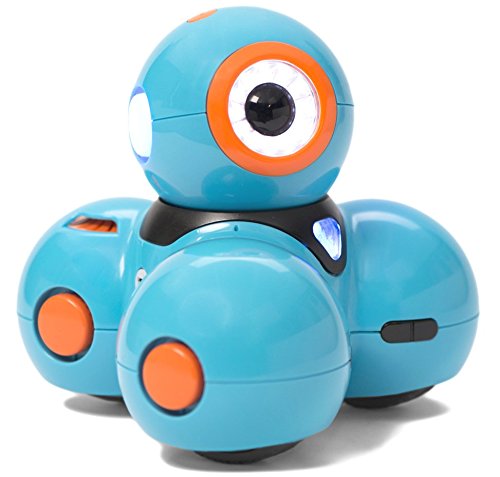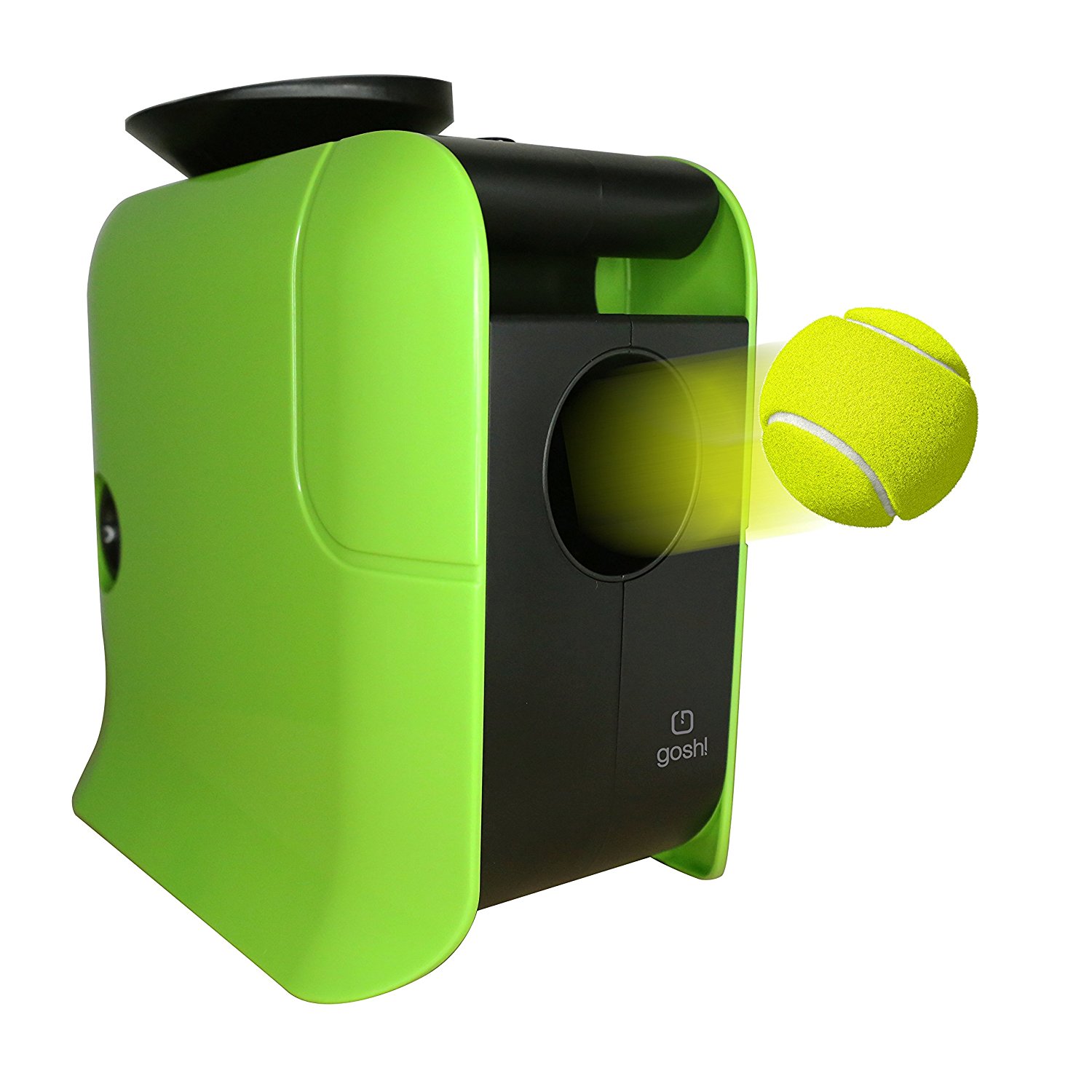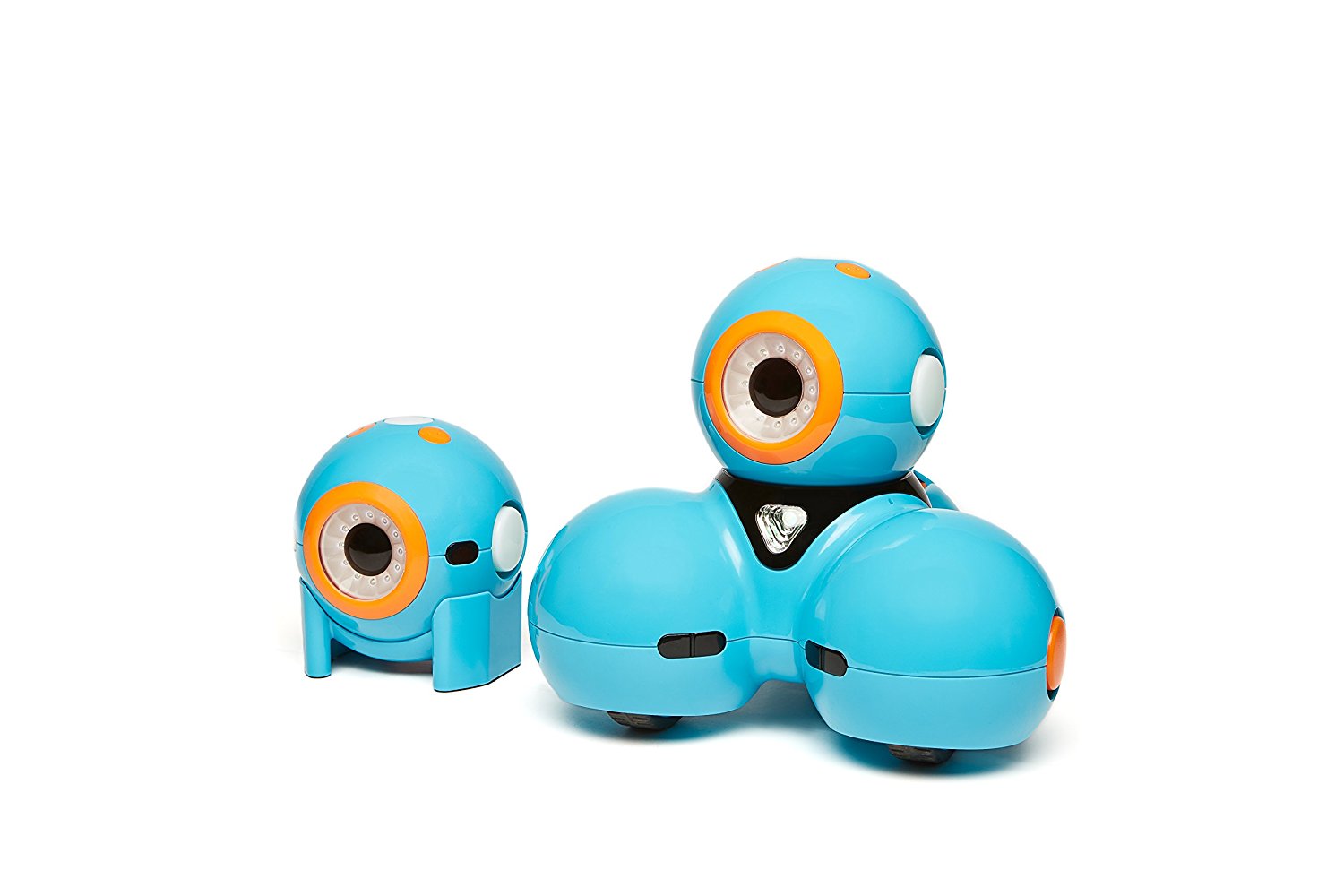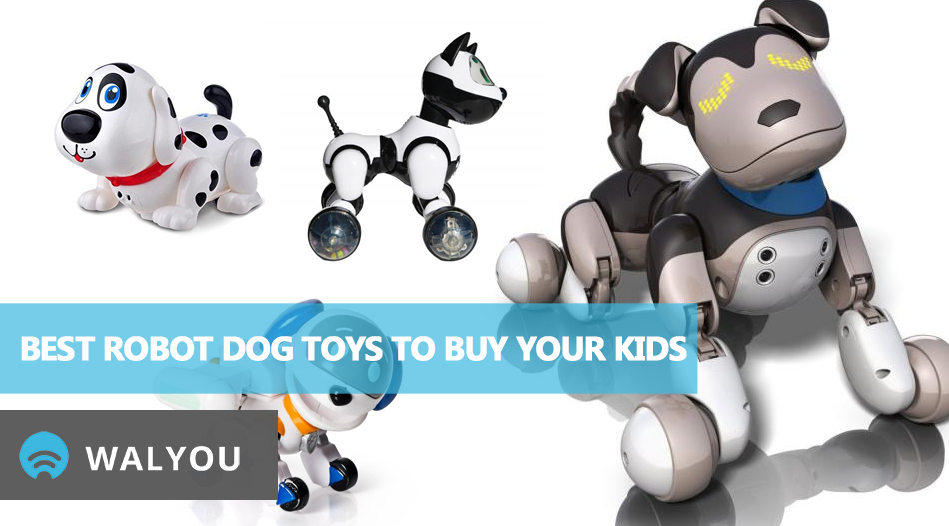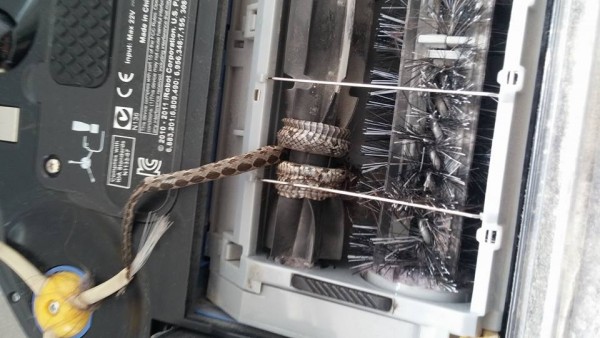Chinese companies are often accused for drawing too much inspiration (trying to avoid the word “copying” here), and the Da Gou robot, which is extremely similar to Boston Dynamics’ Big Dog, might reignite such accusations.
Da Gou, the quadruped robot developed by NORINCO, was first shown to the world in August, at an exhibition. It should be noted that Big Dog, Boston Dynamics’ robot that served as an inspiration for Da Gou, ended up as U.S. Army’s Legged Squad Support System (LS3) tech demonstrator, so the development of a similar robot makes you wonder what plans China has for this moving pile of metal. Ironically enough, the official name of the Chinese quadruped robot is Mountainous Bionic Quadruped Robot, but the attendants to the exhibition preferred to call it Da Gou, which is Mandarin for Big Dog.
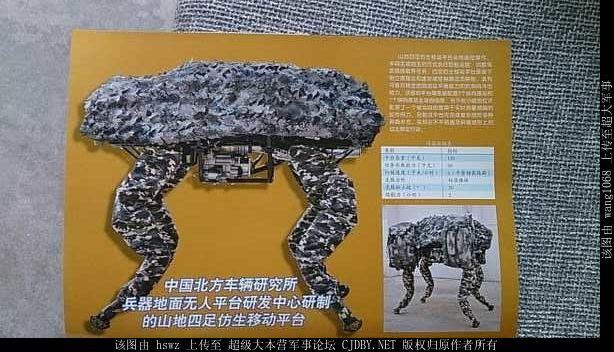
If you’re into numbers, then the following pieces of data are for you. Da Gou weighs 130 kg and can carry a payload of up to 30 kg. This thing alone makes it adequate for military missions, where such a robot would relieve the soldiers from carrying heavy loads. The maximum speed of the Chinese Big Dog is of 6 miles per hour (approximately 10 kmph), and the quadruped is said to be able to climb hills with a slope of up to 30 degrees.
In other news, China’s robot sector has recently witnessed an ever increasing demand, and while this country doesn’t exhibit their mechanical creations as often as Japan, that doesn’t mean that there isn’t a lot of potential there. The Mountainous Bionic Quadruped Robot will definitely have a military application, and supposing that the rest of the robots developed in this country share the same fate, the entire world should be terrified of going at war against China. That’s as if the fact that this country has the largest army in the world wasn’t enough.
For the time being, most Chinese robots are working in industry, where they are replacing human workforce at task that could prove dangerous. Zhou Chaosen, deputy secretary of Guangzhou Federation Of Robotics, pointed out that “It’s very hard to recruit workers in a hard working environment such as the chemical and steel industries, so there’s a lot of space for industrial robots.” In this context, I agree that humans should be replaced by robots, but in other fields this might constitute a problem.
Be social! Follow Walyou on Facebook and Twitter, and read more related stories about the DARPA-built prosthetic arm that resembles the one of Luke Skywalker, and Google’s acquisition of Boston Dynamics.


